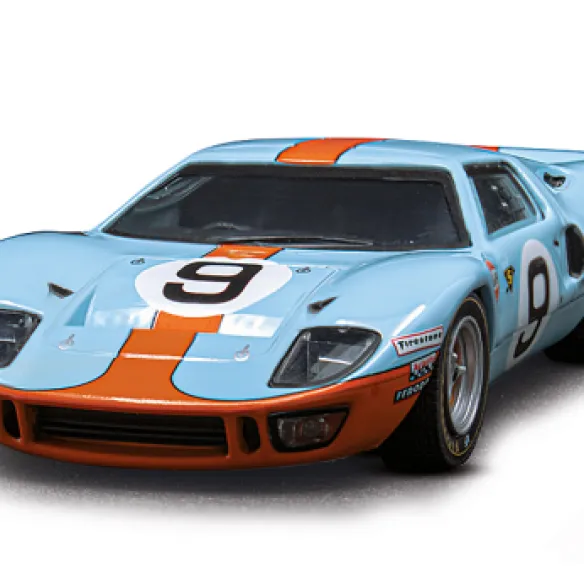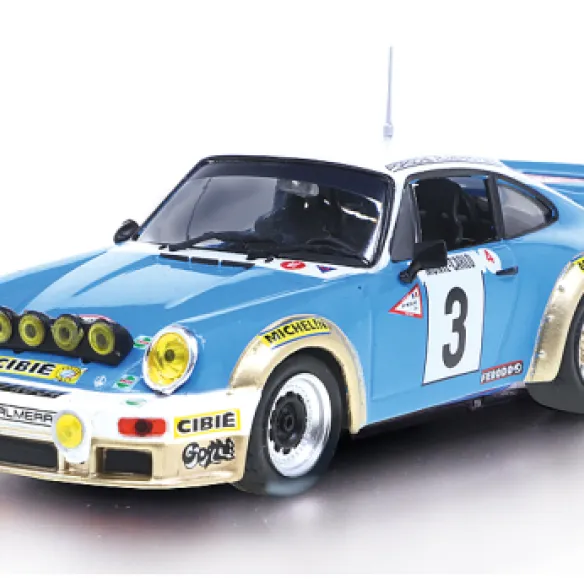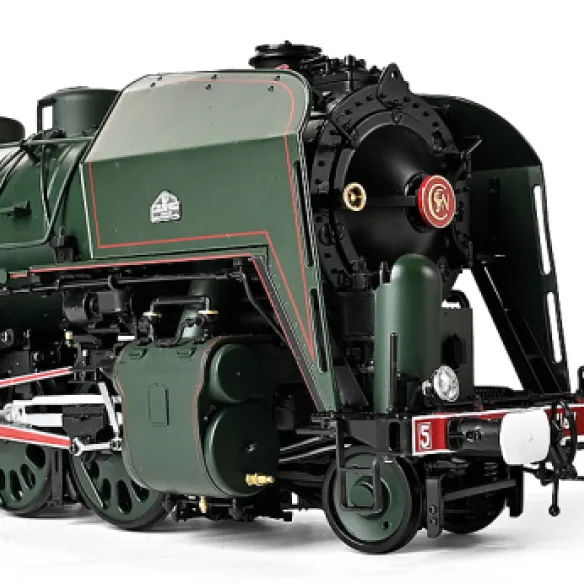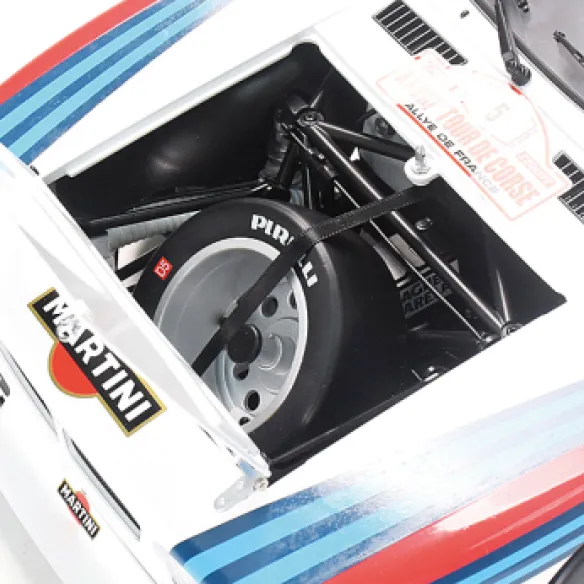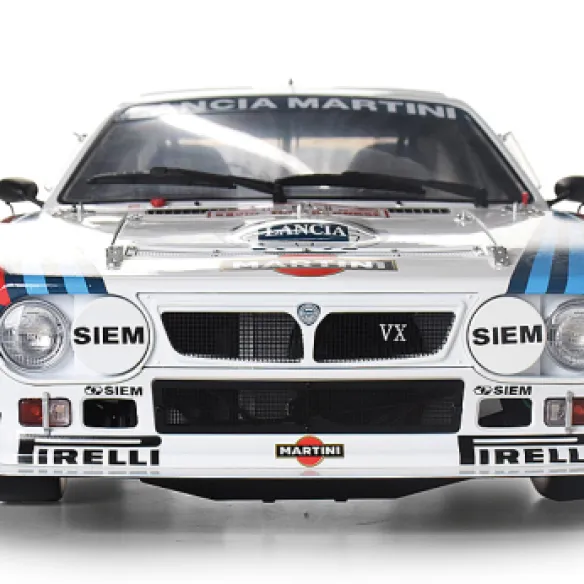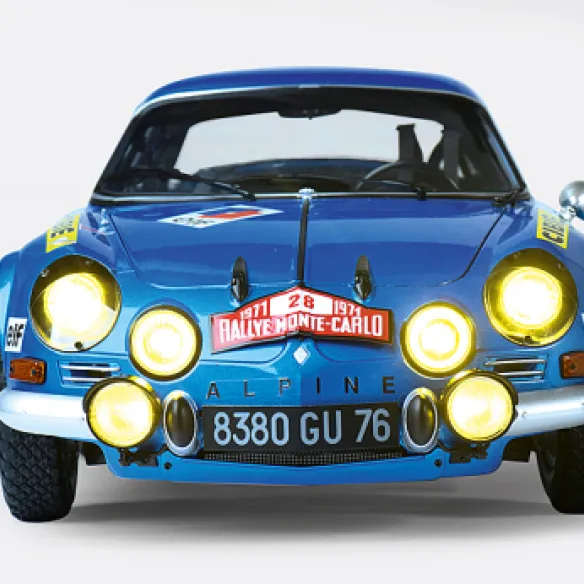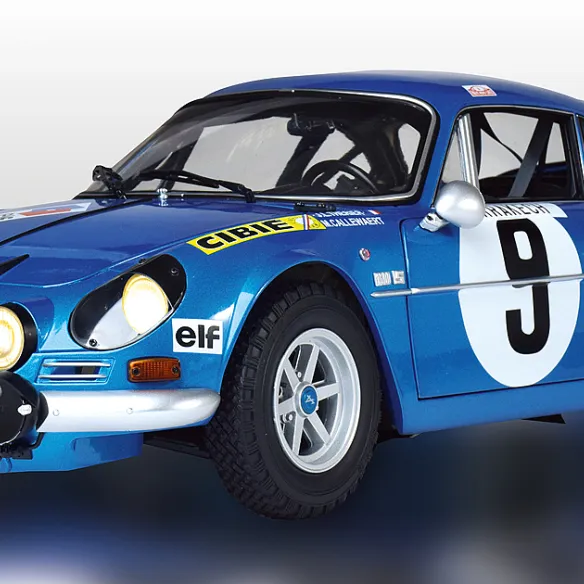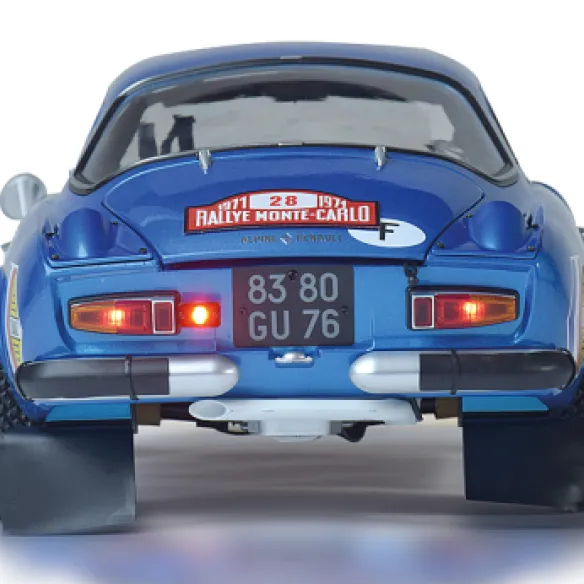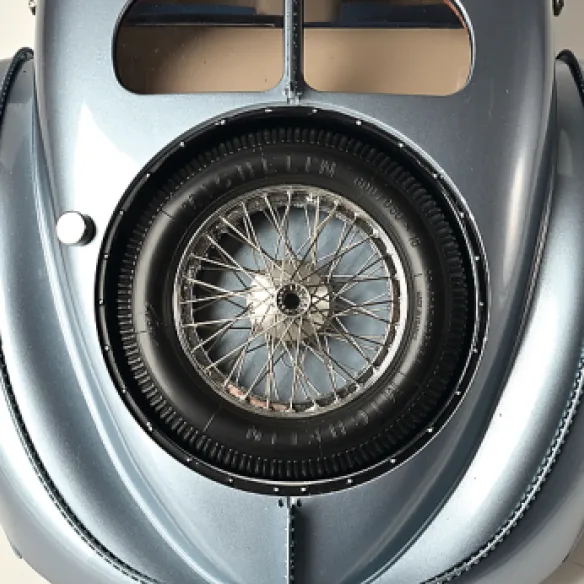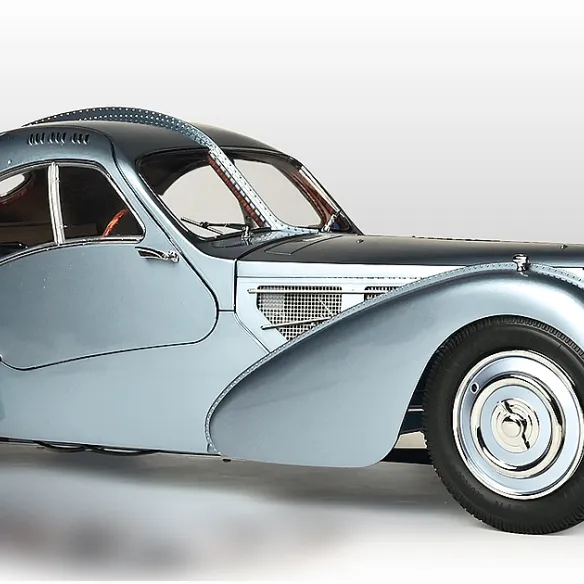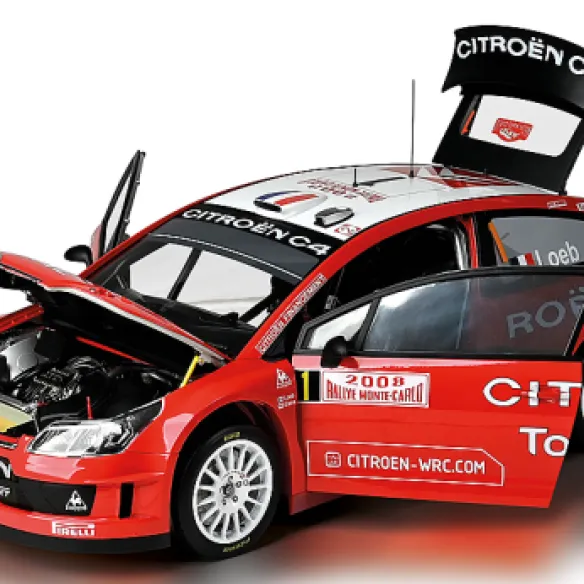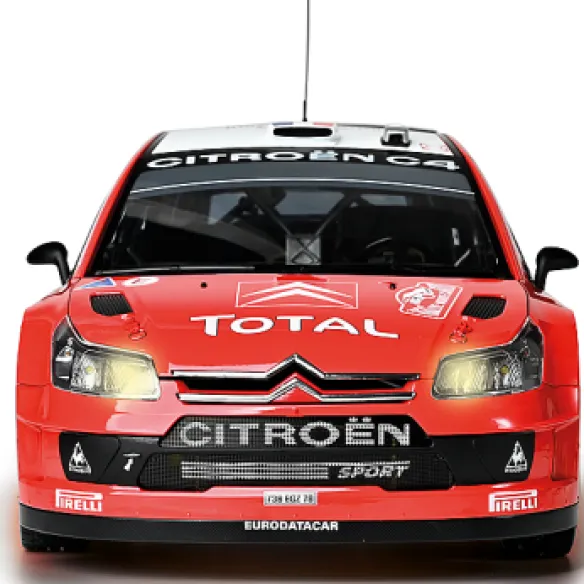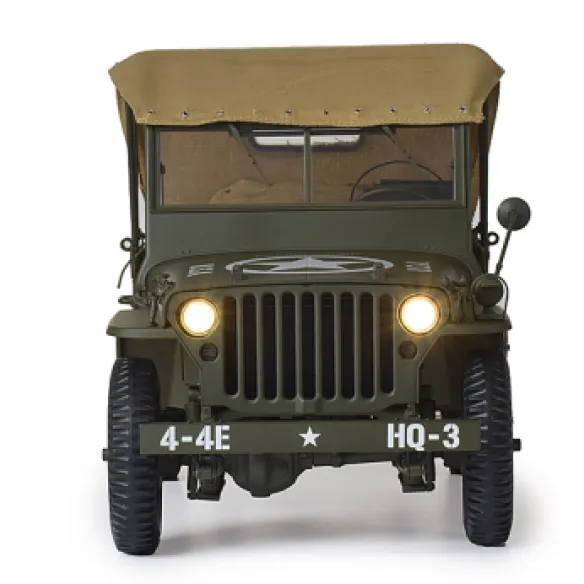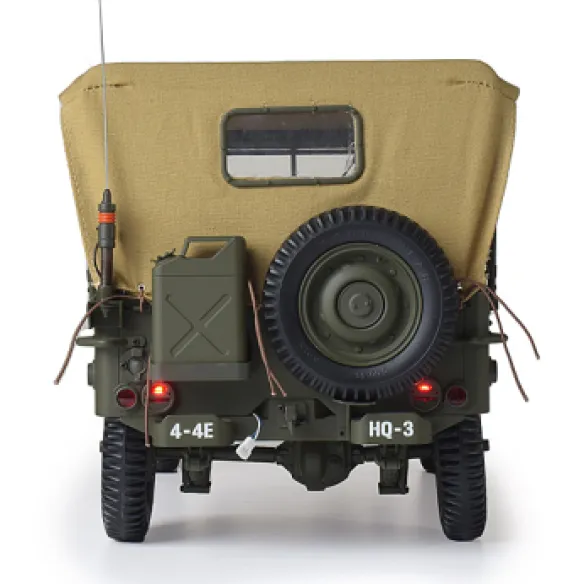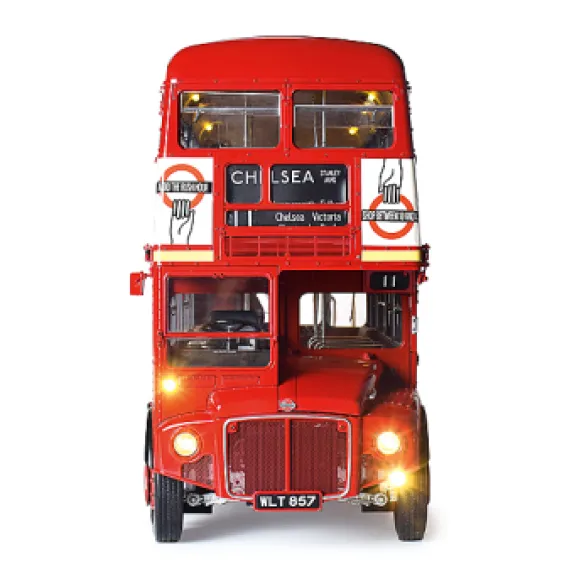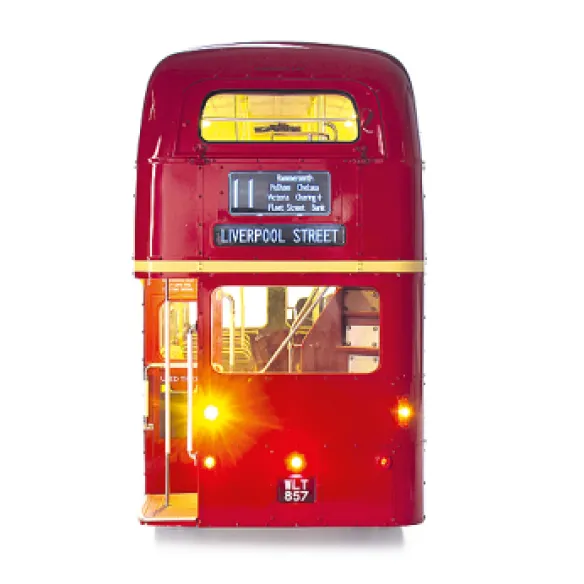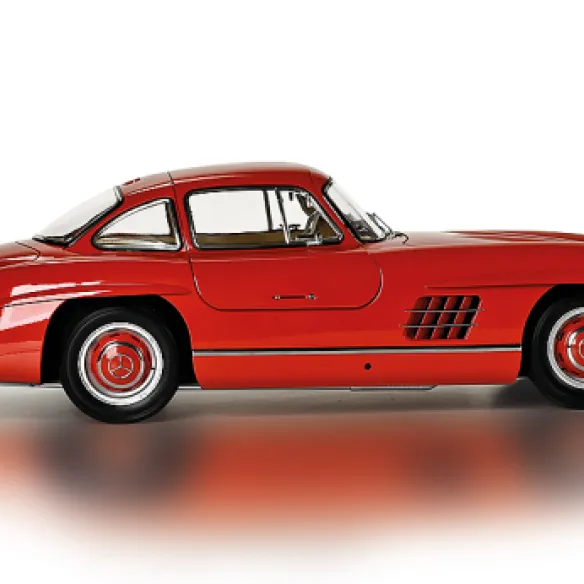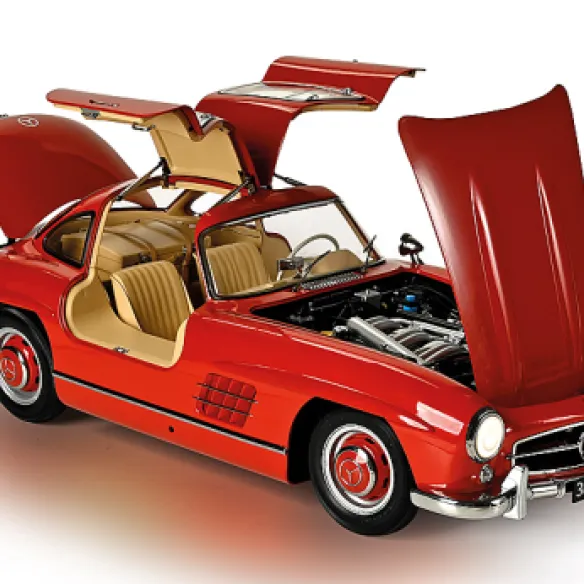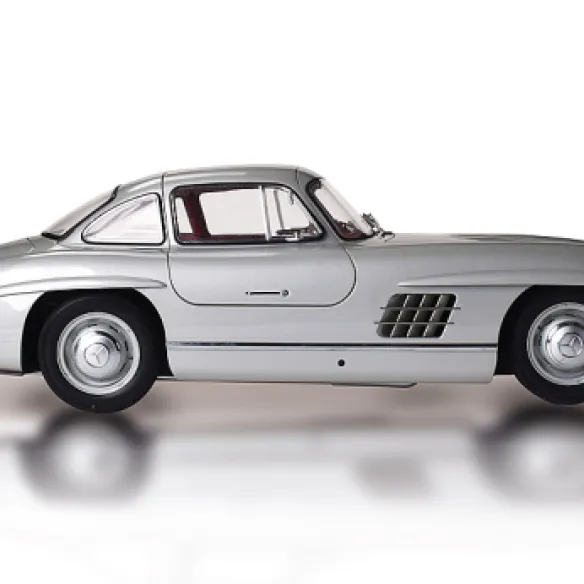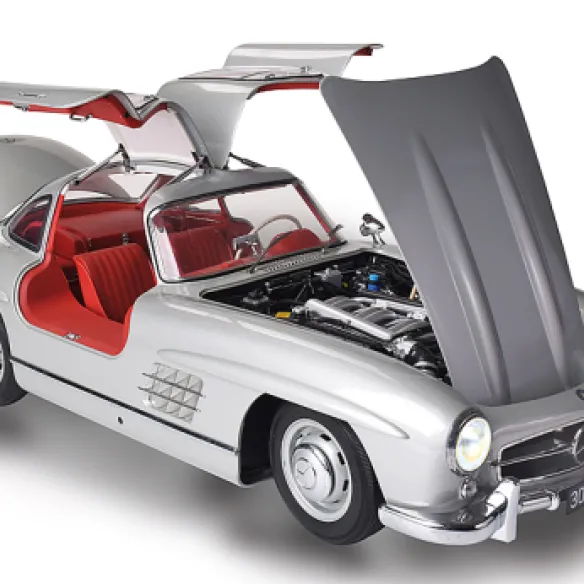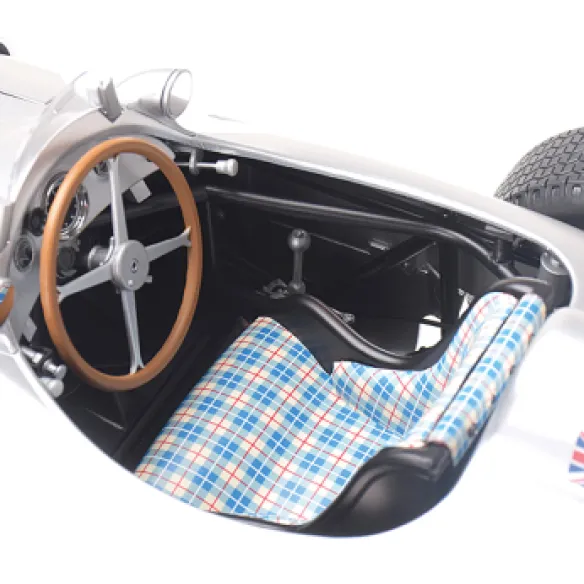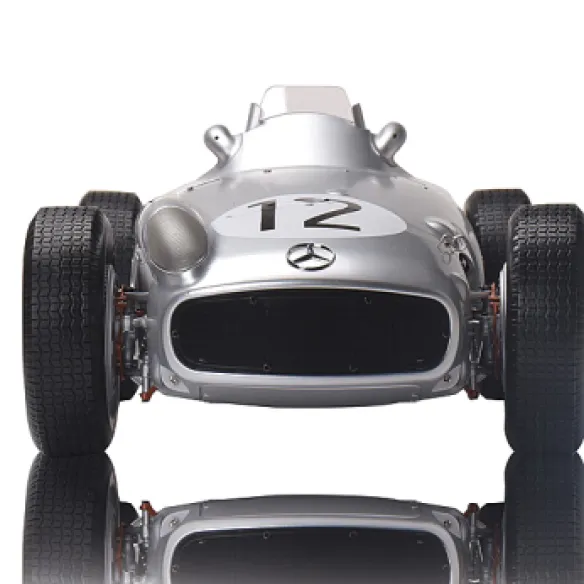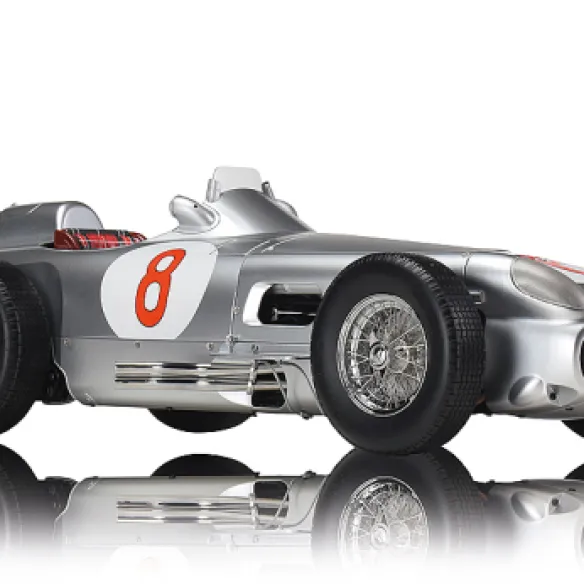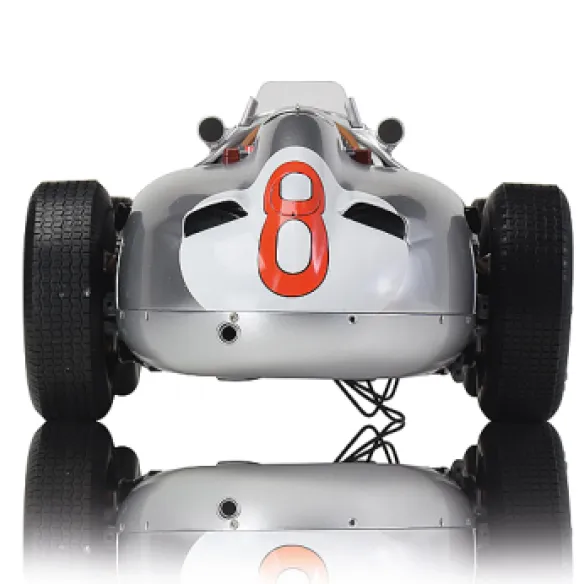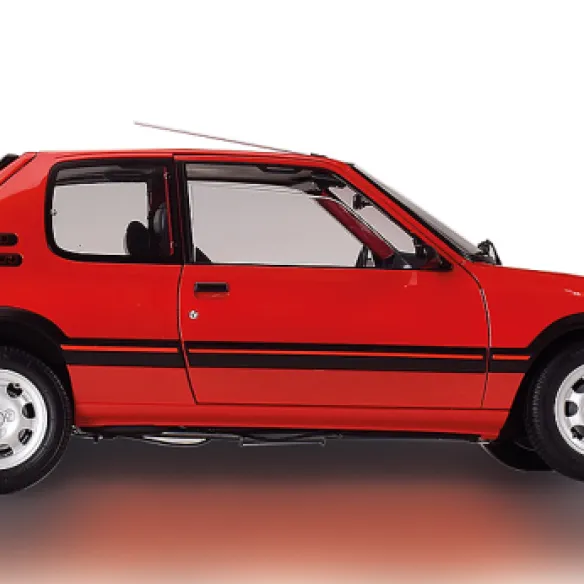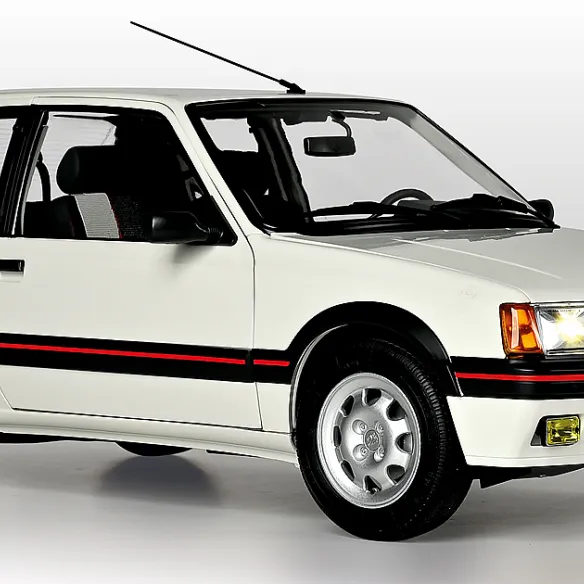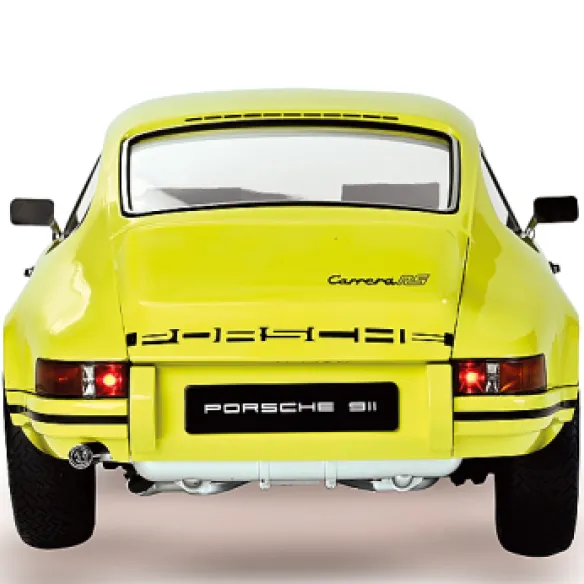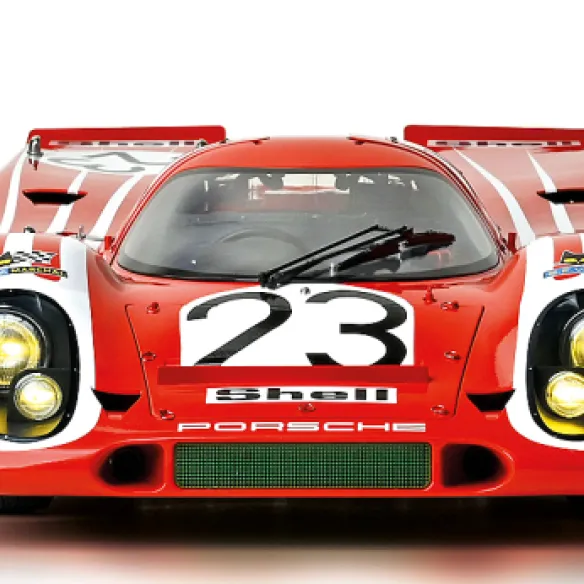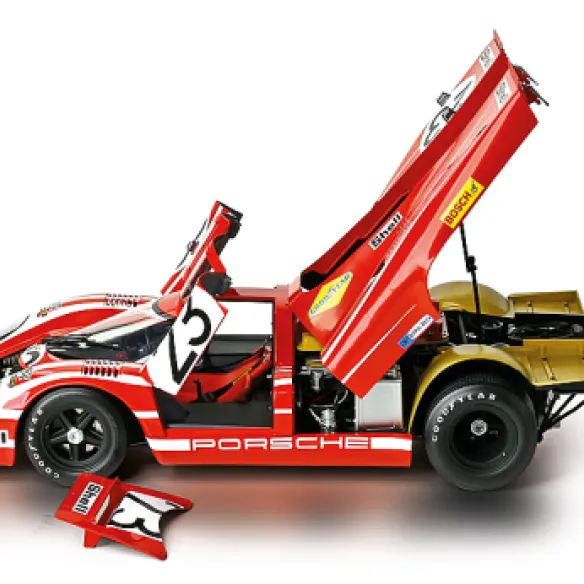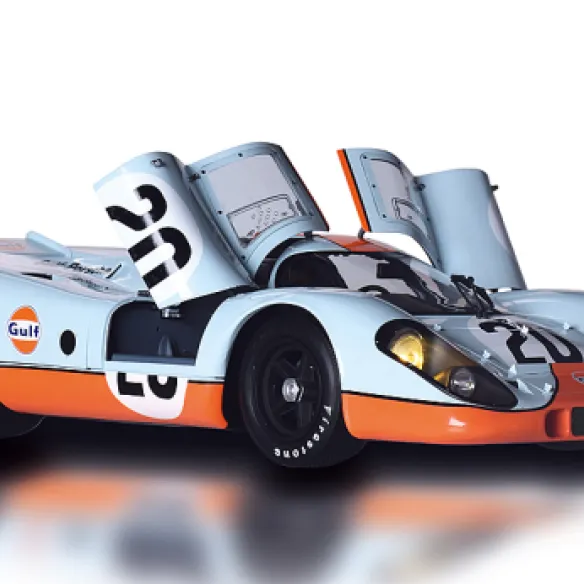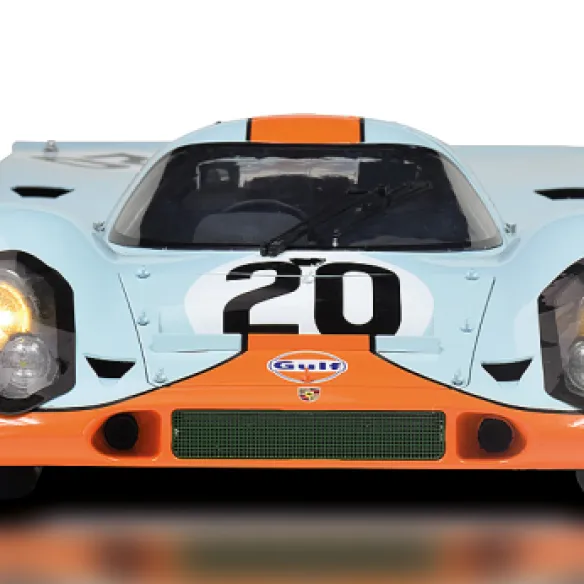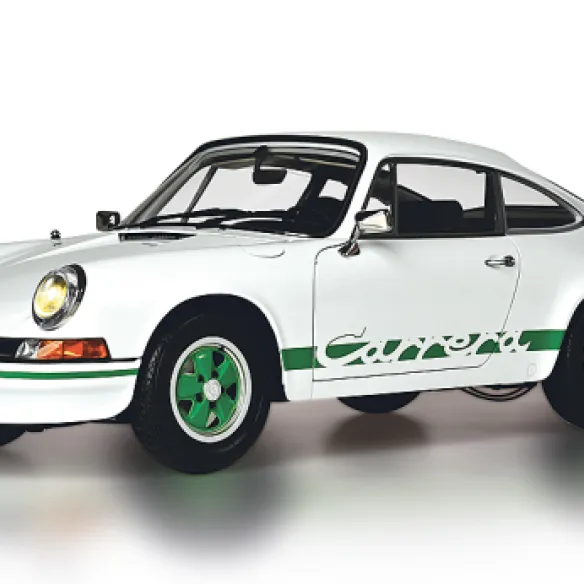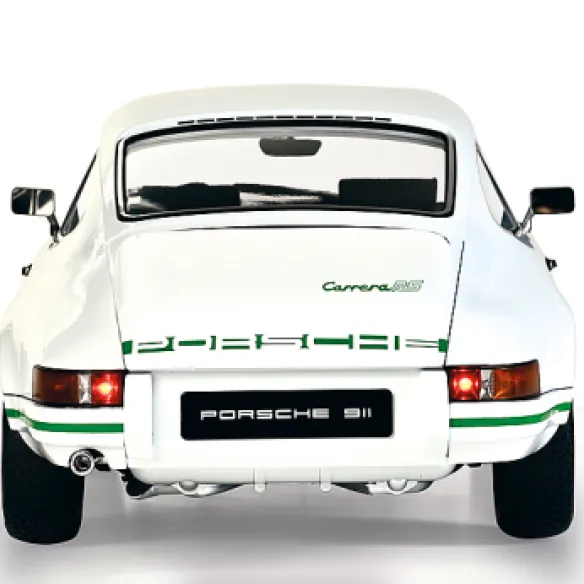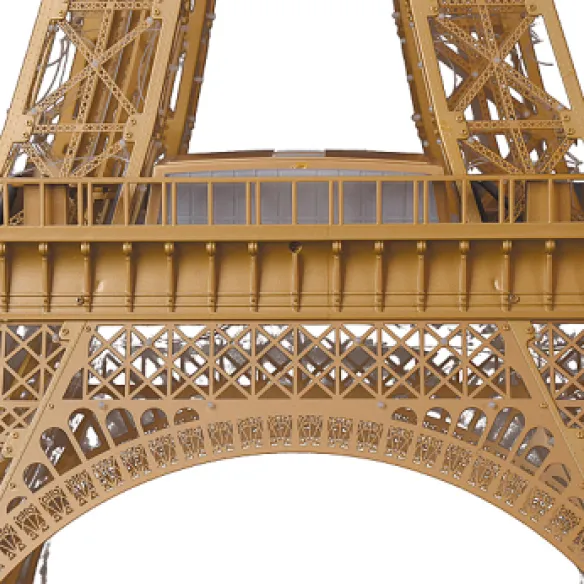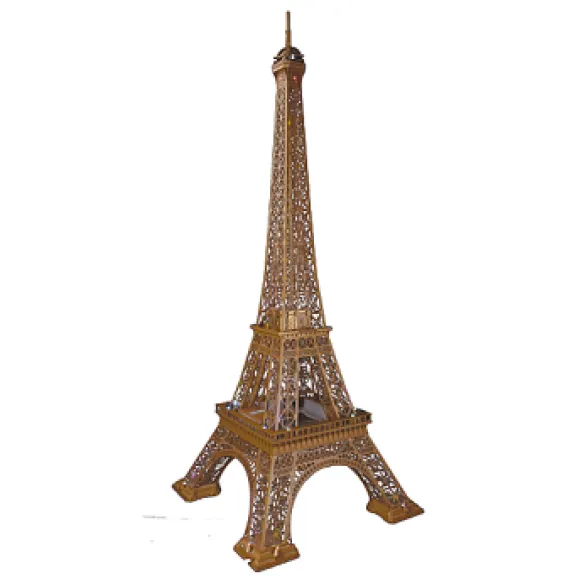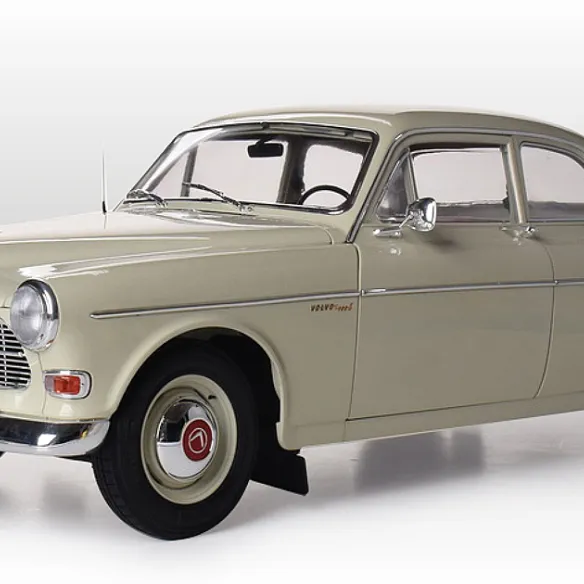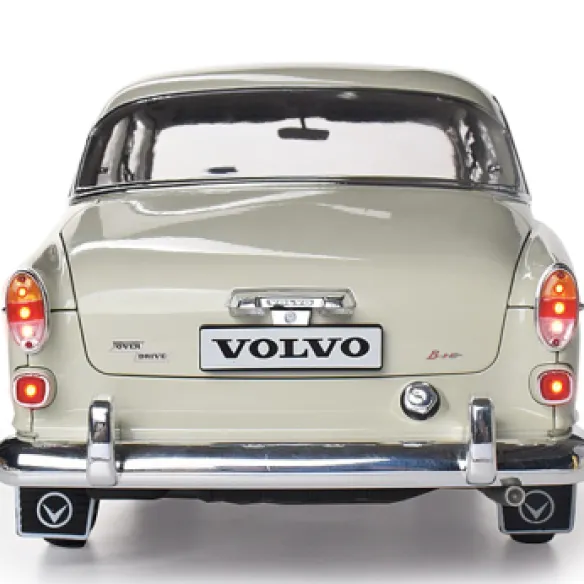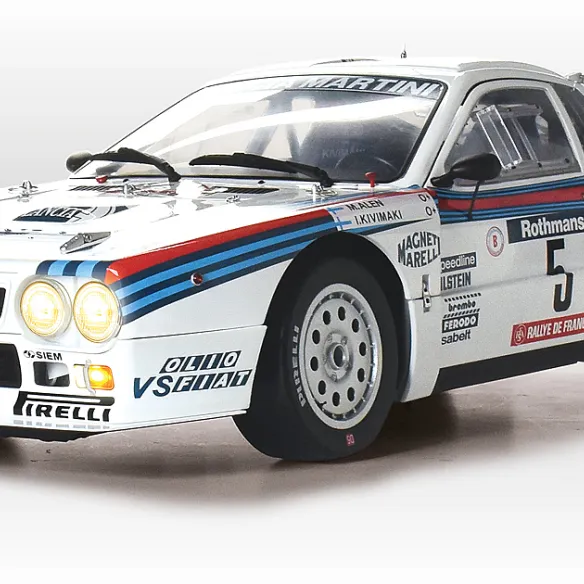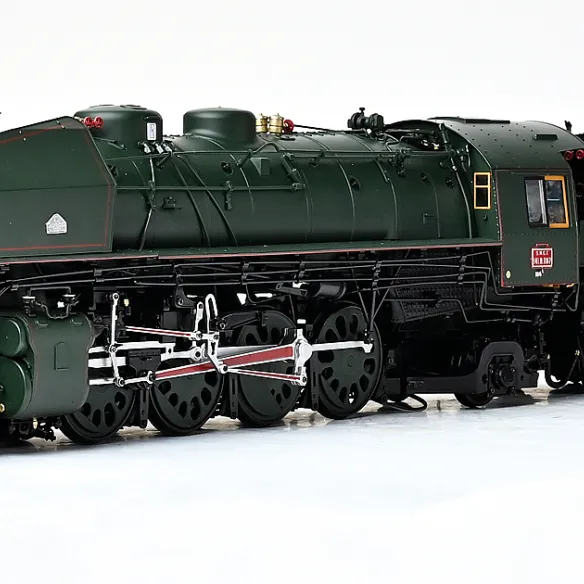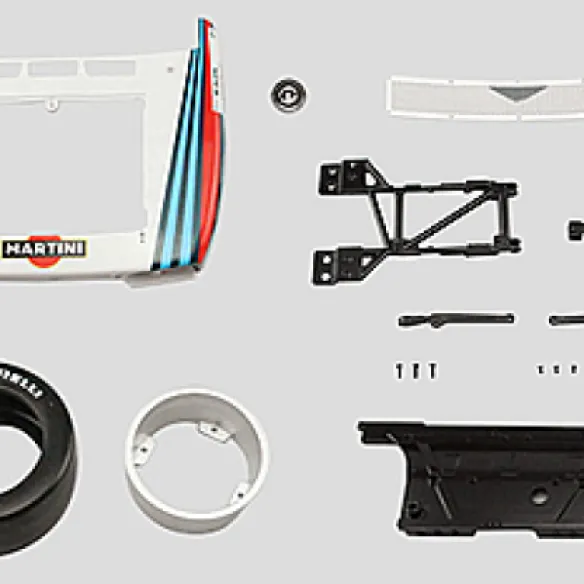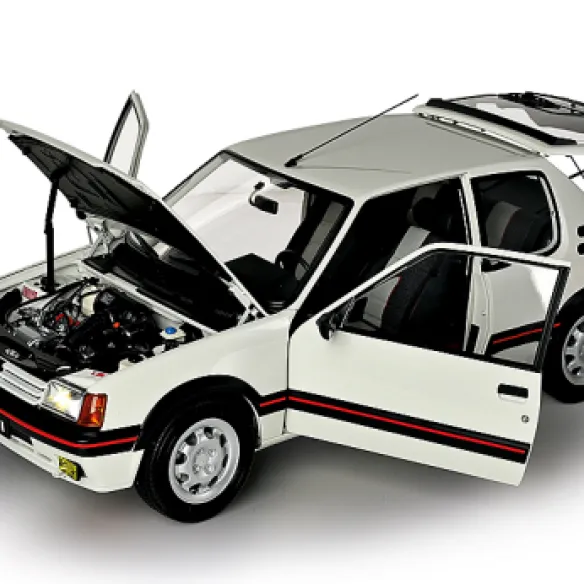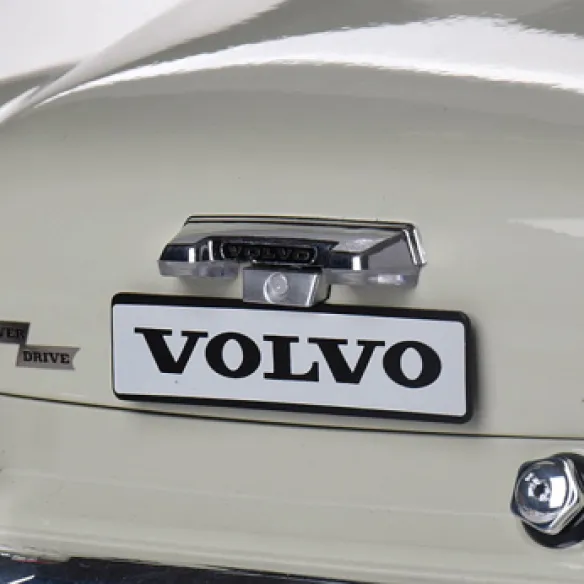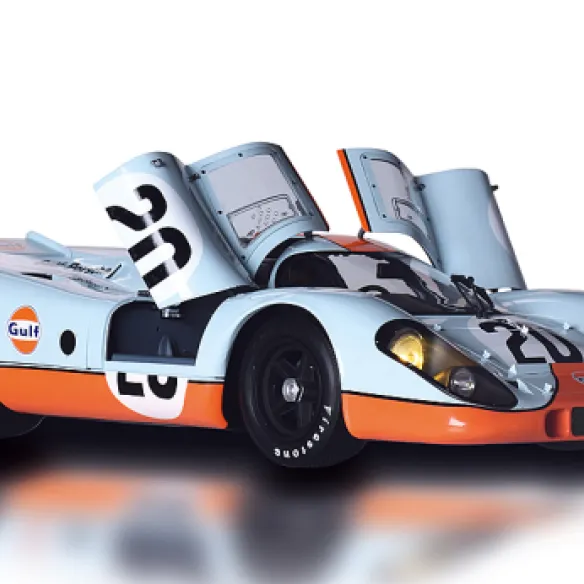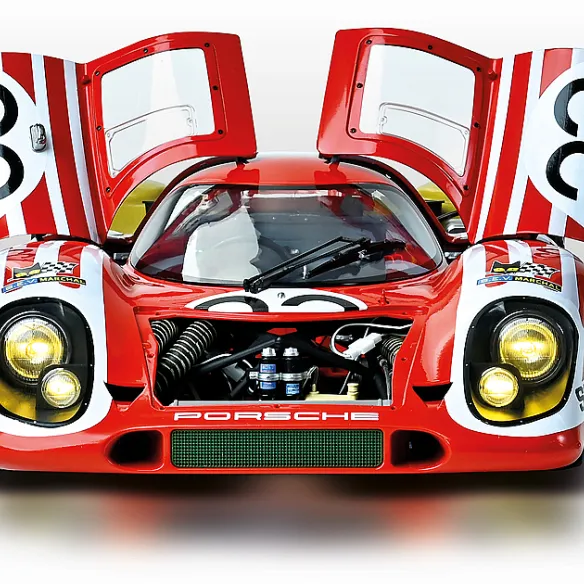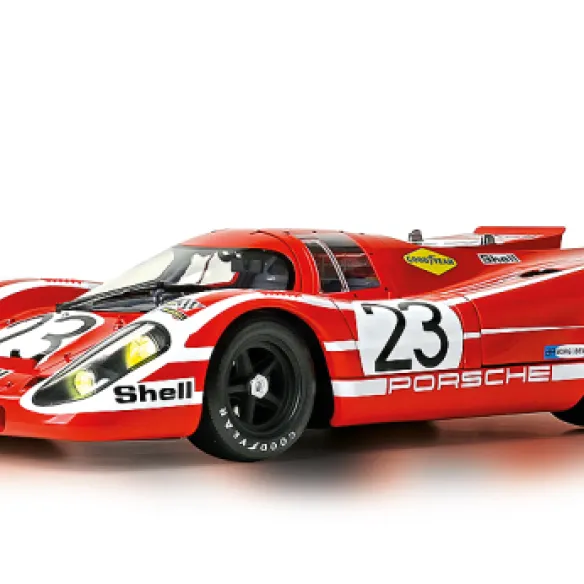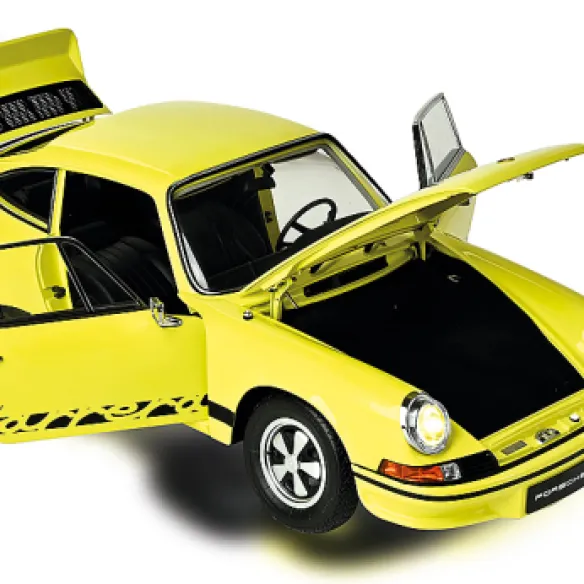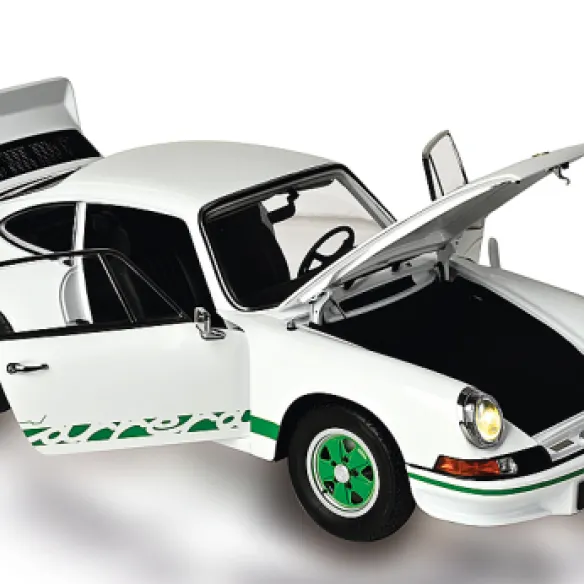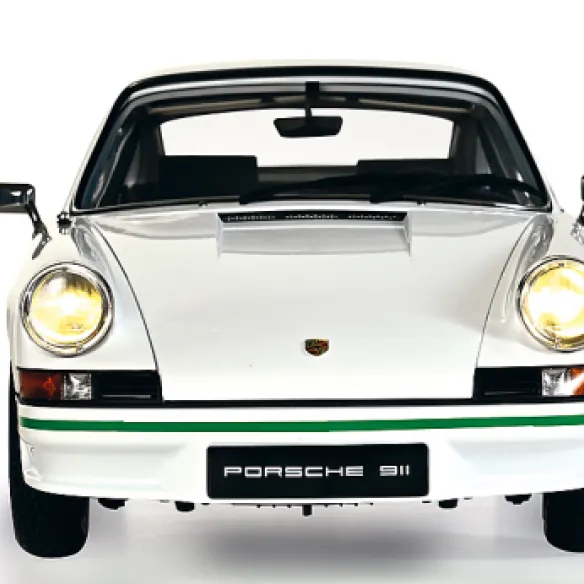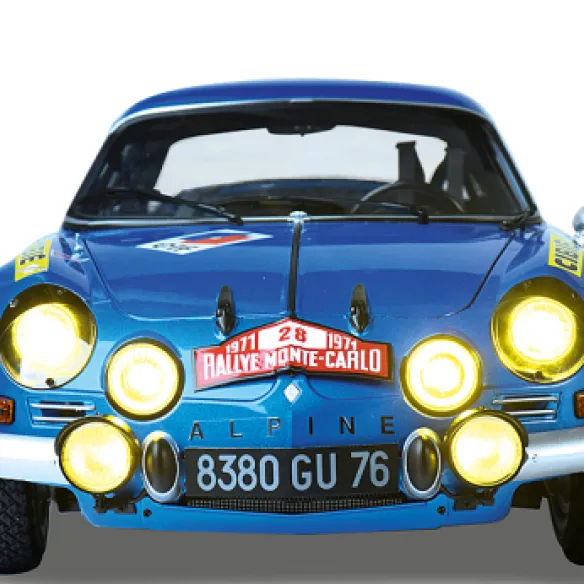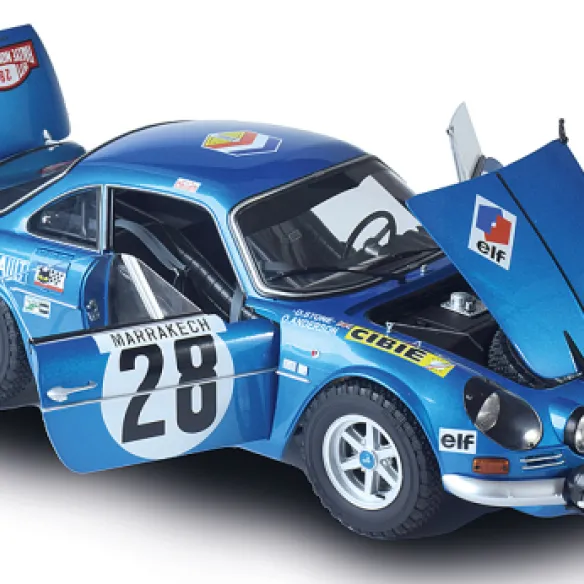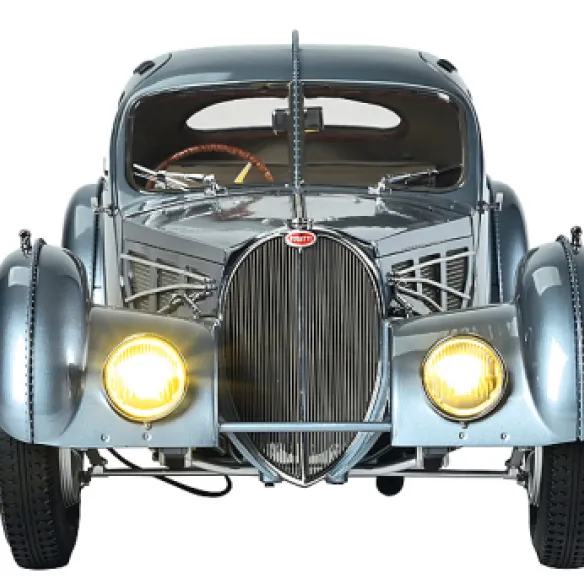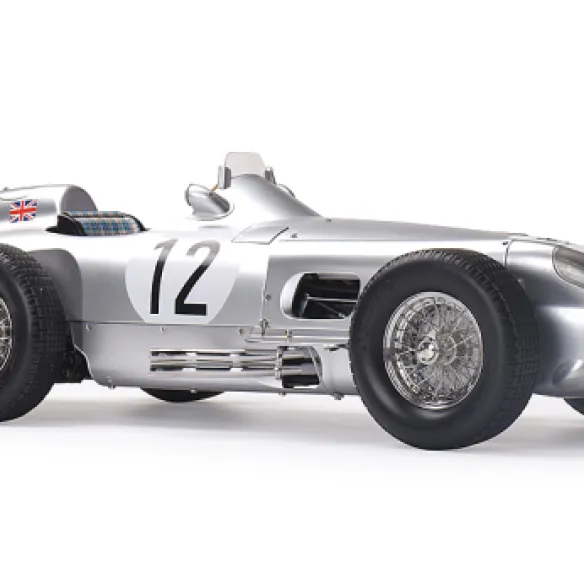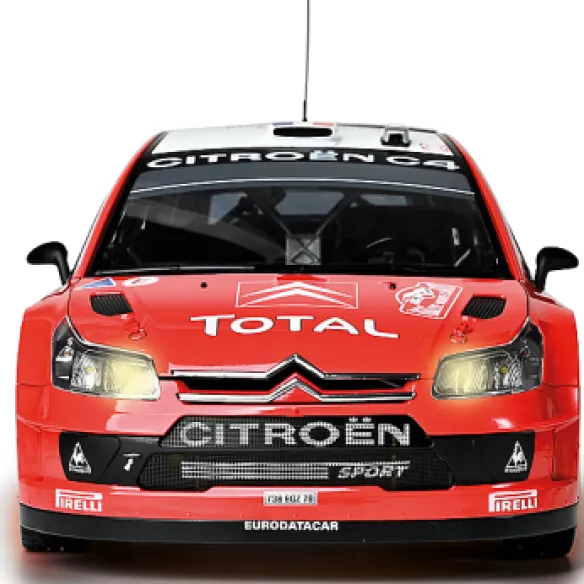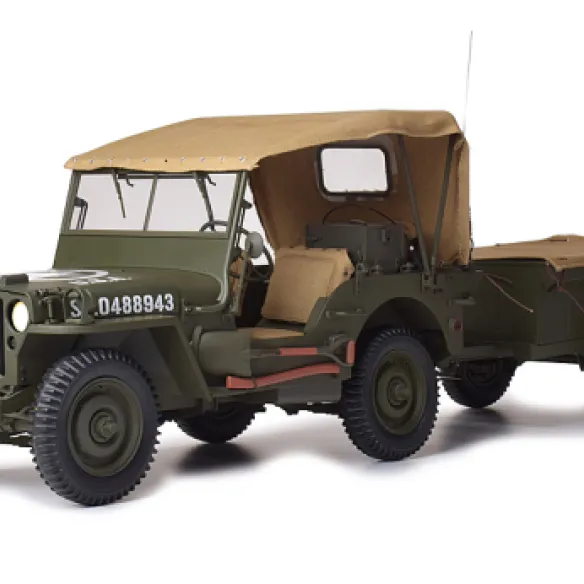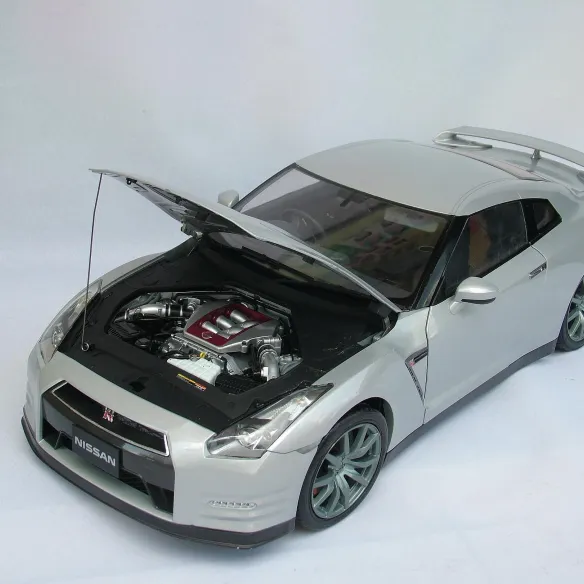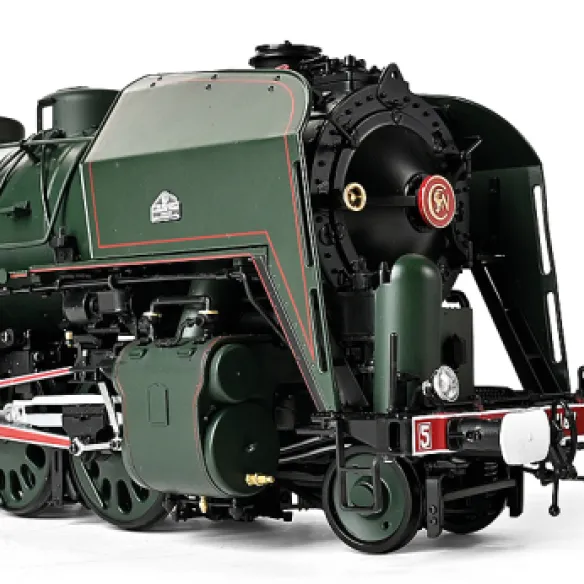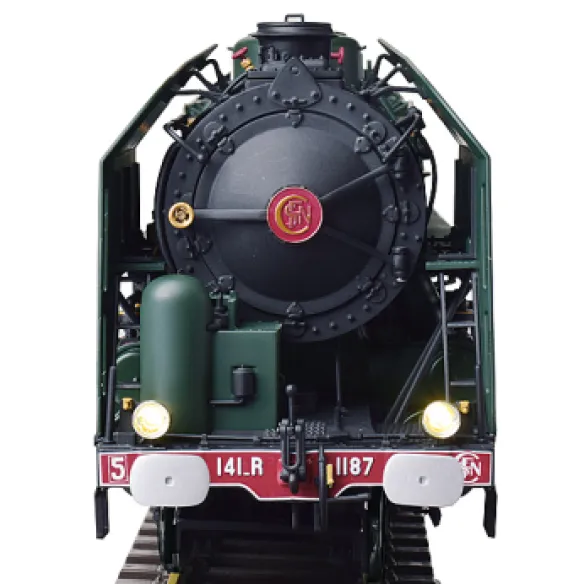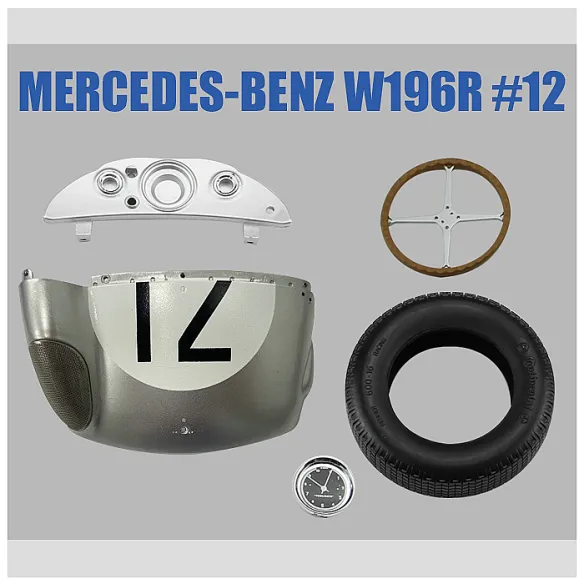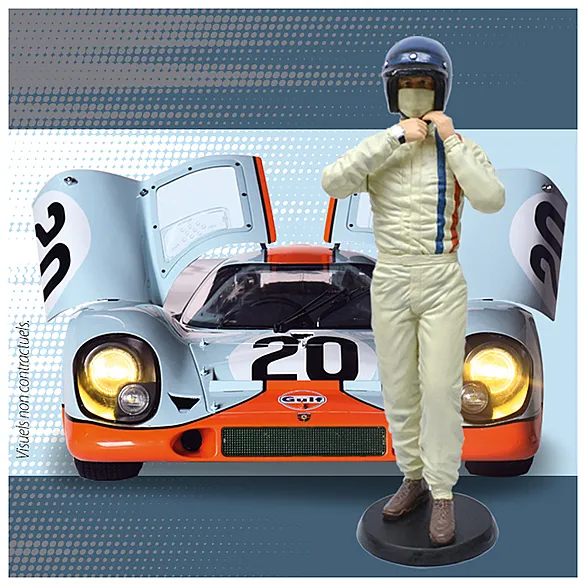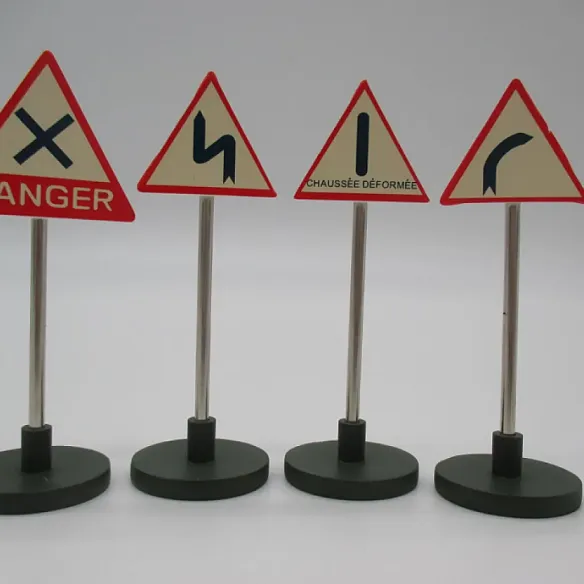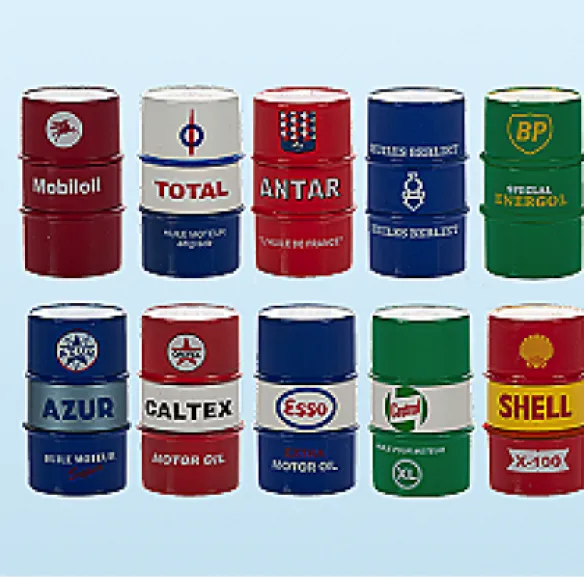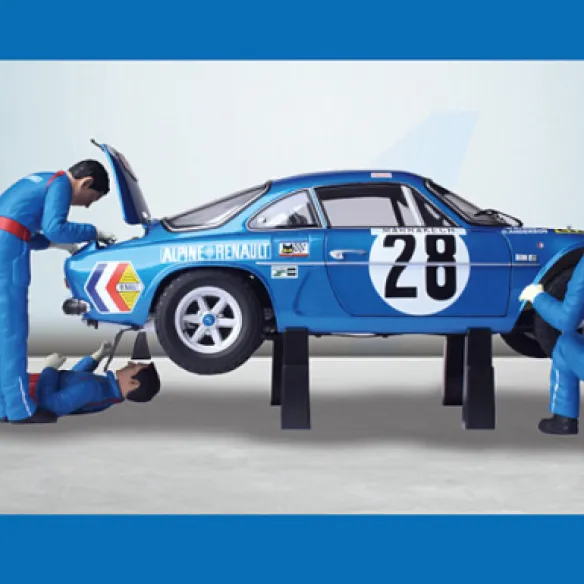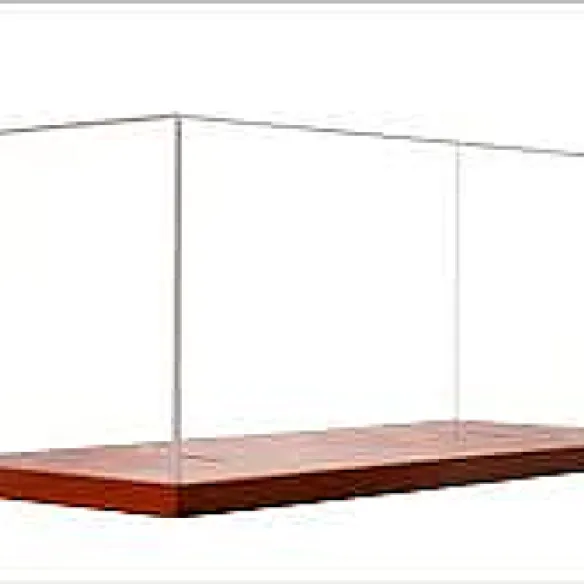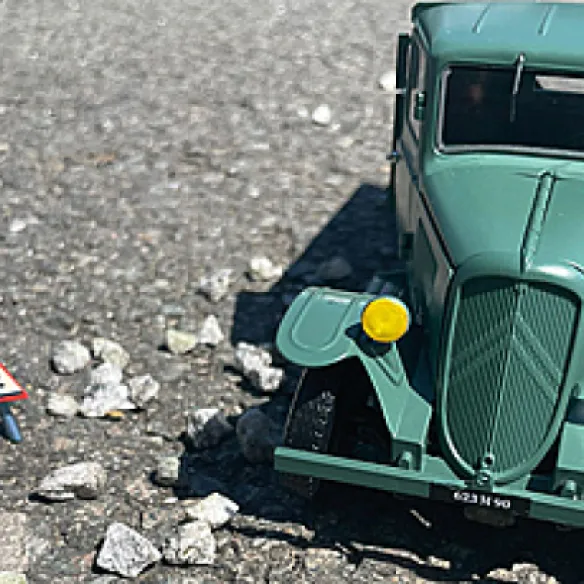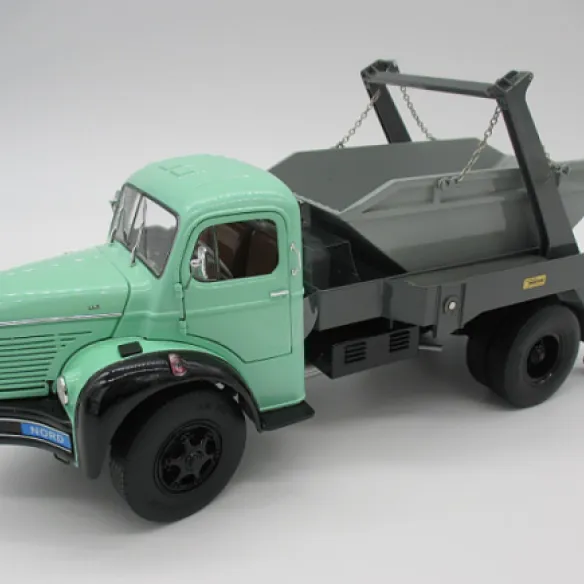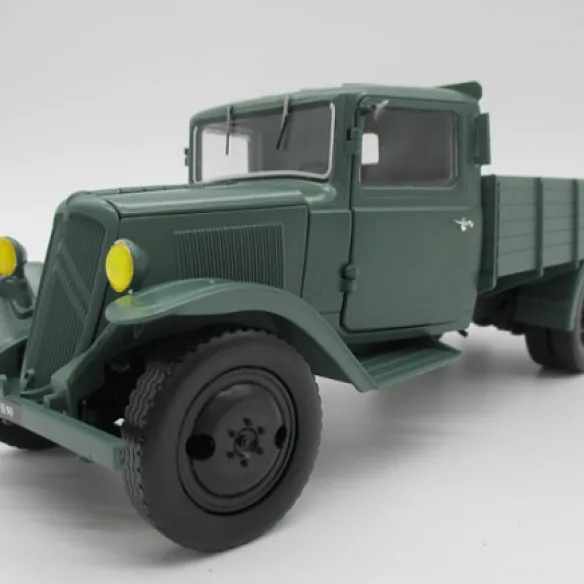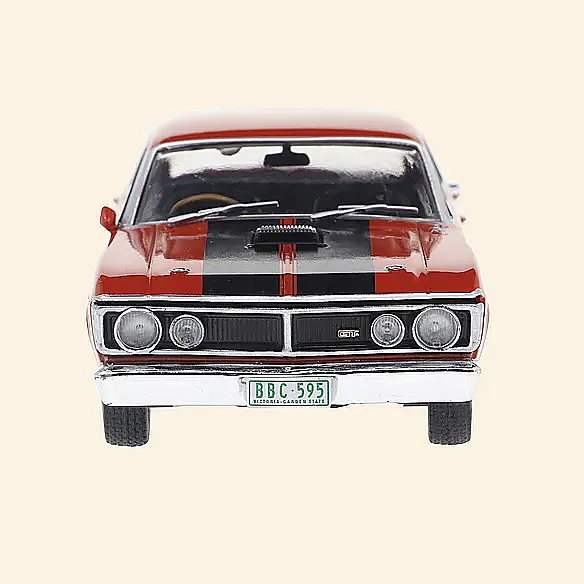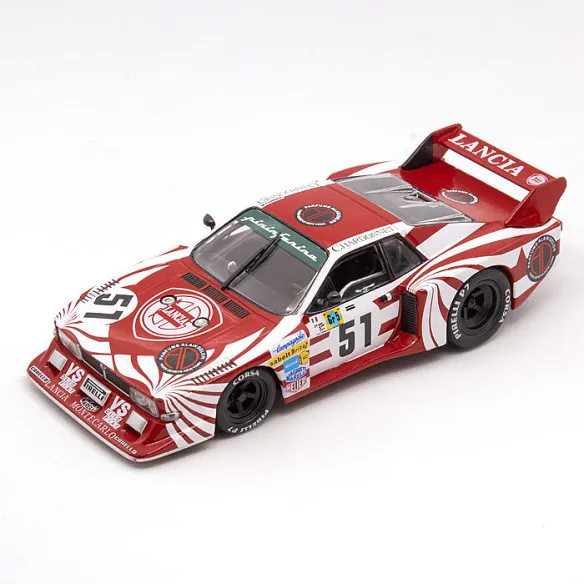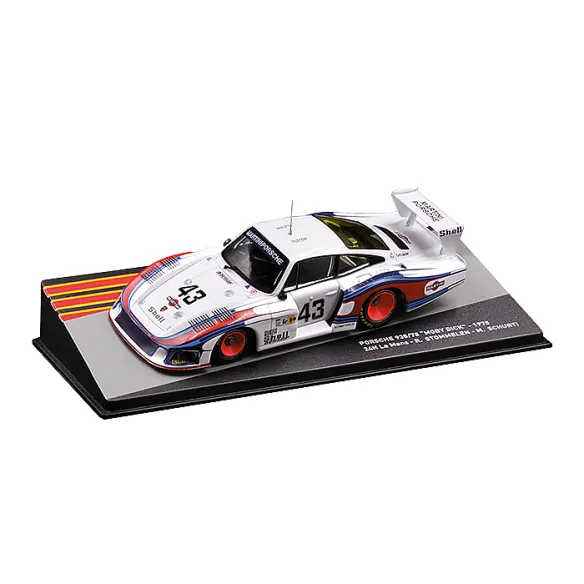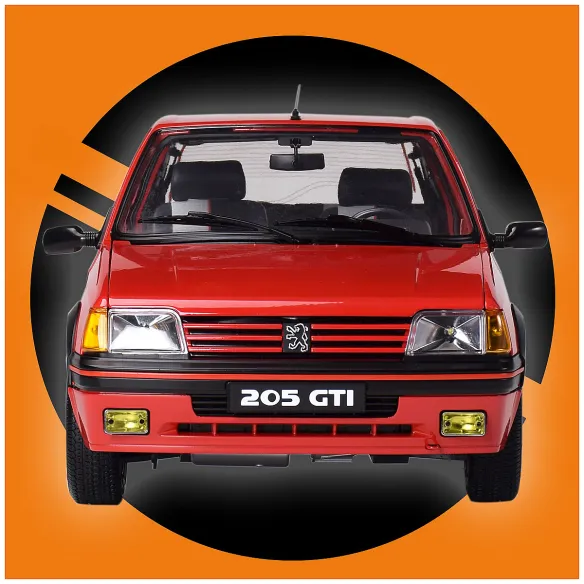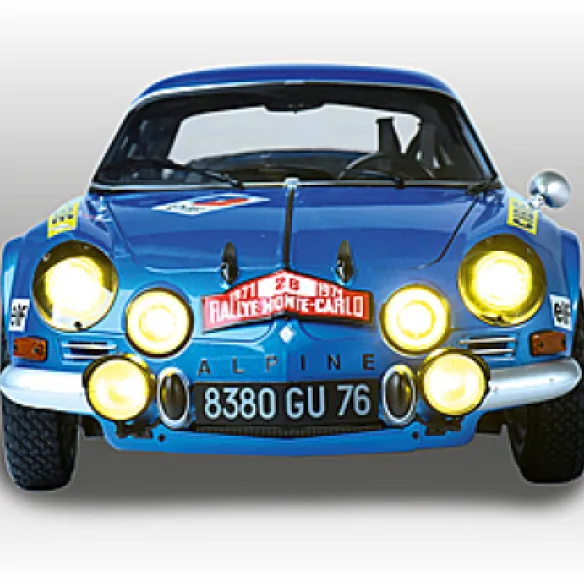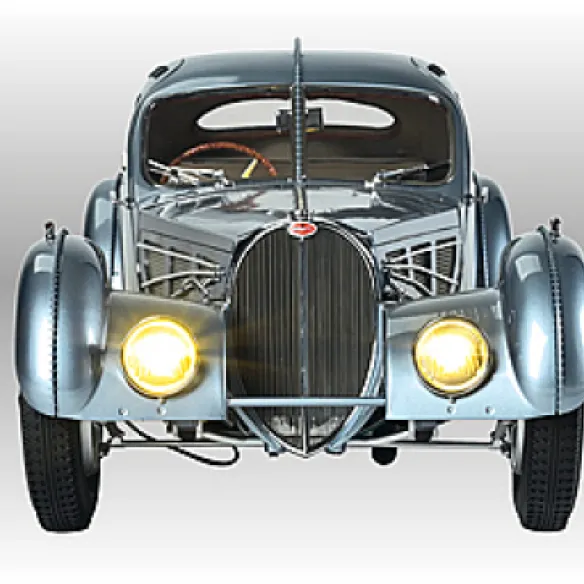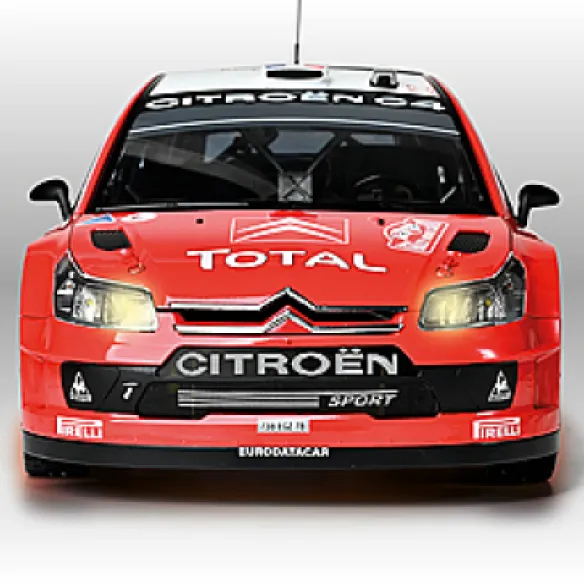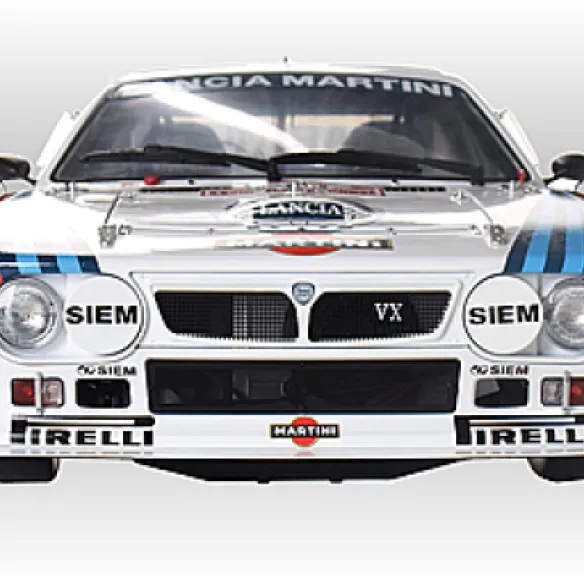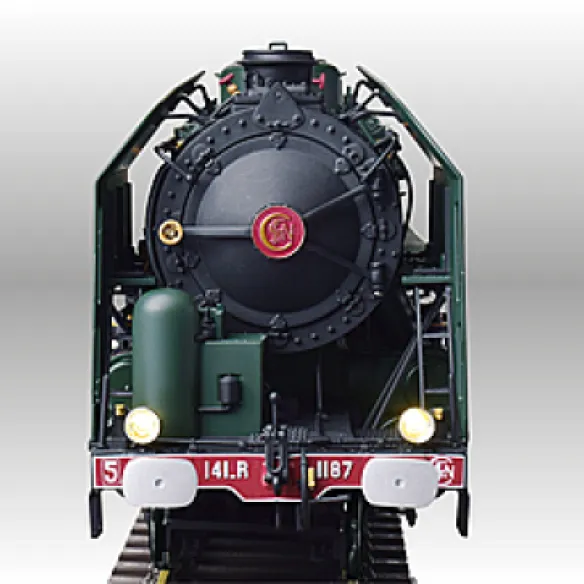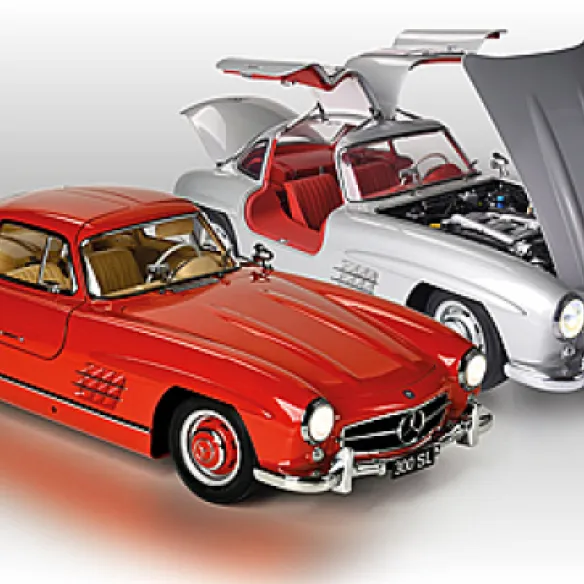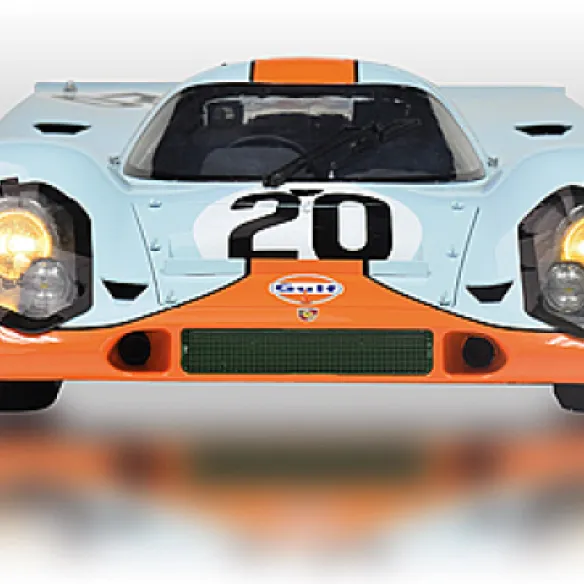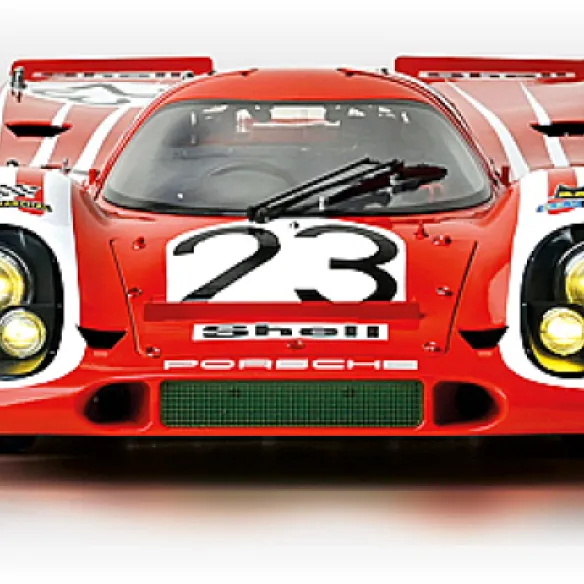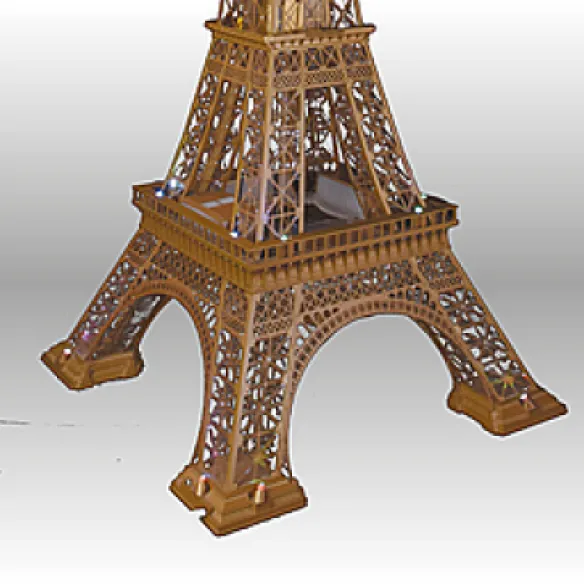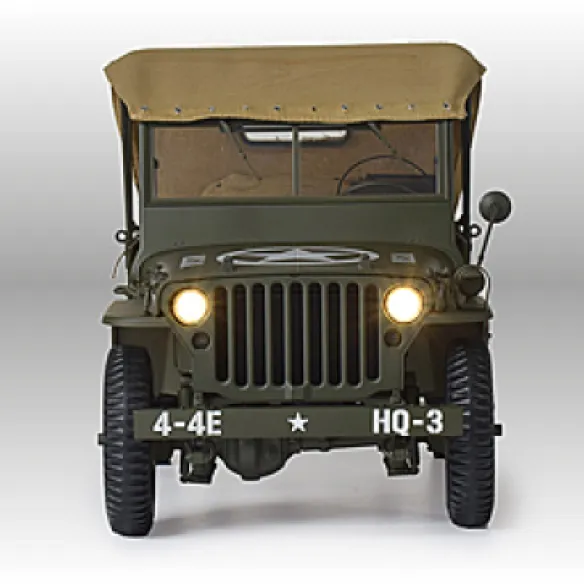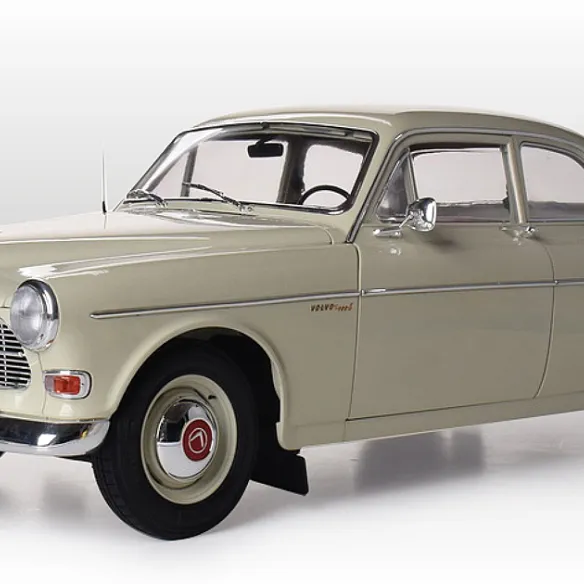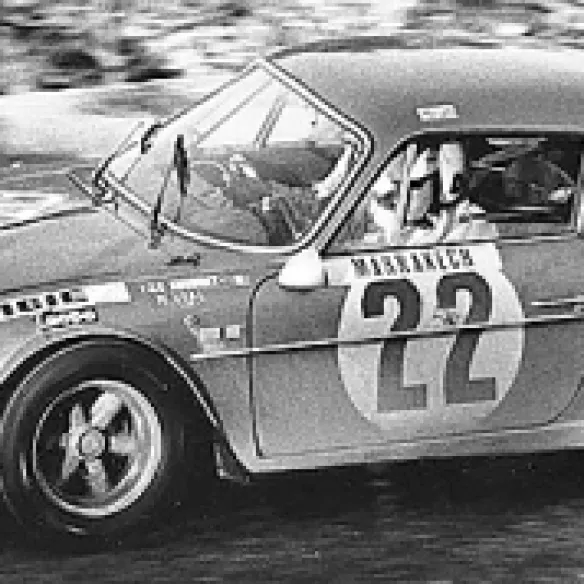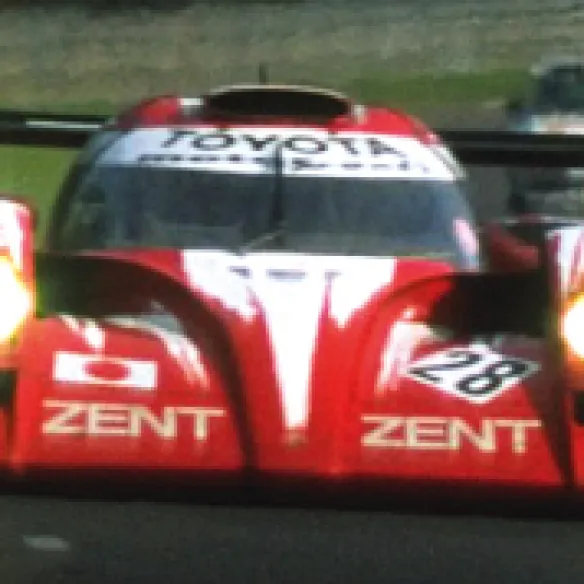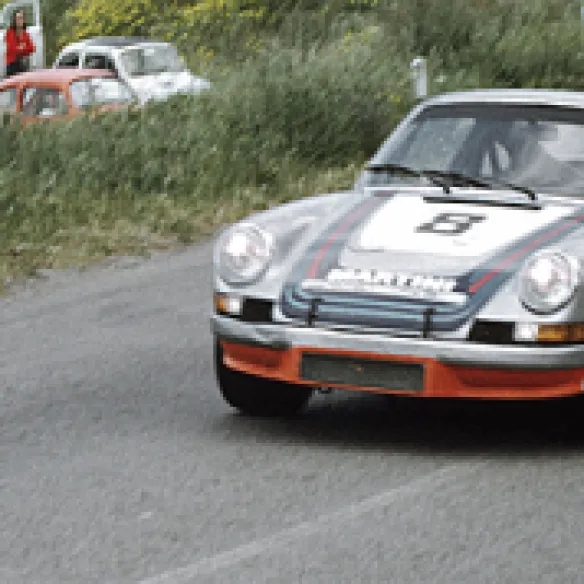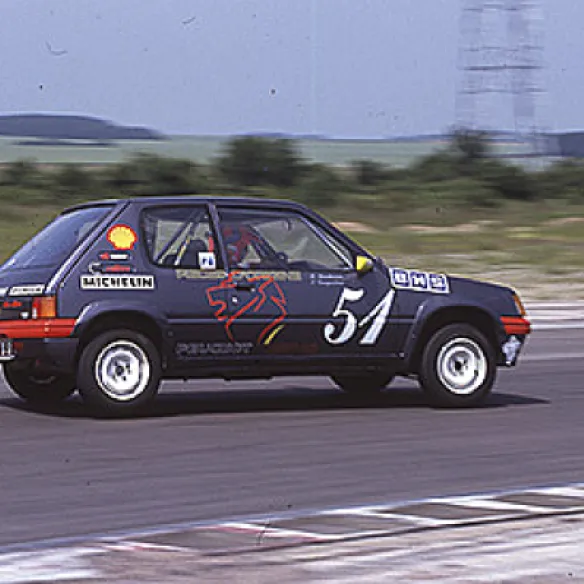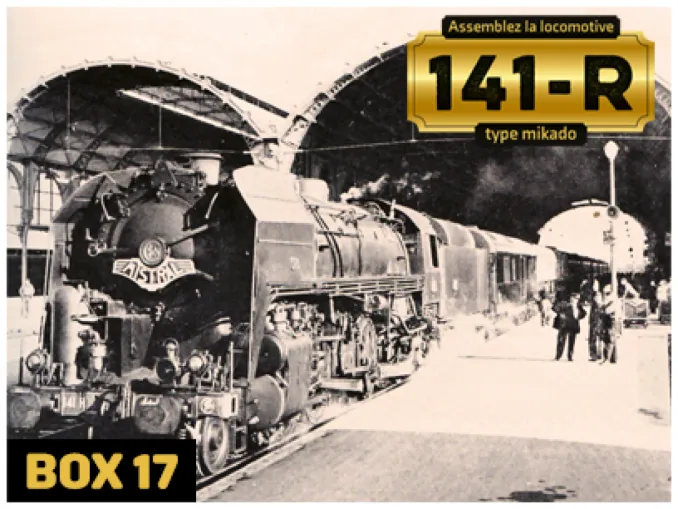
22/05/2025
THE 141-RS THAT BECAME ‘STARS
The 141-Rs weren't made to be stars or beauty queens.
Read moreTHE 141-RS THAT BECAME ‘STARS
The 141-Rs weren't made to be stars or beauty queens. Simple, robust, enduring and rather awkwardly shaped, these locomotives have small ‘Boxpok’ drive wheels and very small solid front wheels. Their boiler is potbelly-shaped and the cabin has a vast, heavily curved roof.
They were not Chapelon or PLM ‘Pacifics’, and certainly not 241-Ps or the beautiful and unique 232-U-1. But some of them did achieve a degree of fame, undoubtedly because they were the last survivors of the glorious steam locomotive era.
During the 1980s and right up to the present day, they were practically the only ones left to make special journeys and provide smoky panache or roar in a world where the railways had become silent due to electrification. Here are a few examples, listed in order of how old they were when they were built, with two ‘charbonnières’ to start with, the following ones being oil-fired.
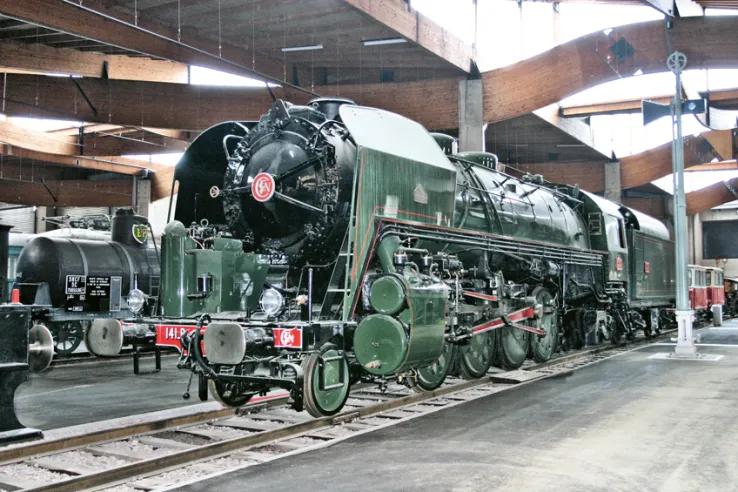
Let us pay tribute to the 141-R-1187 of the Cité du Train in Mulhouse, formerly the French Railway Museum, magnificently restored by the workshops of the SNCF depot in Nevers, after a long and active career that began in Le Mans and ended in Lyon (Vénissieux). It was chosen for our collection. © IXO Collections SAS - Tous droits réservés. Crédits photo © Collection Trainsconsultant-Lamming
THE 141-R-420
Built at ALCO in Schenectady (USA) and brought to France in 1946, she started her career at the Mézidon depot. She then had an eventful career at the depots in Creil, Boulogne-sur-Mer, Beauvais and Sarreguemines, where she retired. But she was fortunate enough to be acquired by the ‘Société Civile de Conservation de la 141-R-420’ in 1976, two years after she ran her last train in 1974 between Béning and Sarreguemines, in the SNCF's Eastern region, by which time she had covered over a million kilometres.
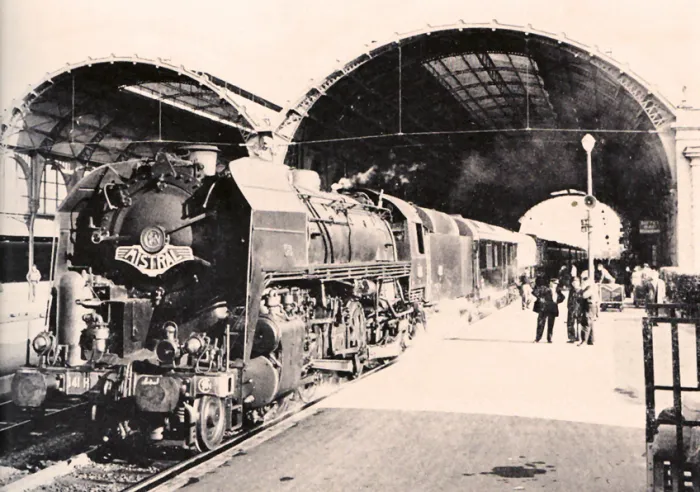
An anonymous “star”, since its individual number is hidden by a stamp: one of the 141-Rs responsible for pulling the famous and luxurious “Mistral” train between Marseille and Nice on the Côte d’Azur in the 1950s. © IXO Collections SAS - Tous droits réservés. Crédits photo : Photo Yves Broncard.
THE 141-R-568
Built by Baldwin in Chester (USA), her career began at the Longueau depot in the SNCF's Nord region in 1946. She was to remain on the Nord network, assigned to the depots at Lille- Délivrance, Boulogne-sur-Mer and then Beauvais. It was then brought to Sarreguemines in 1972, to be scrapped. But then a miracle happened: The ‘Association des Modélistes Ferroviaires de Grenoble’ (AMFG) acquired it and gave it to the famous CFTA workshops in Gray, where it was refurbished, having surpassed one million kilometres in service.
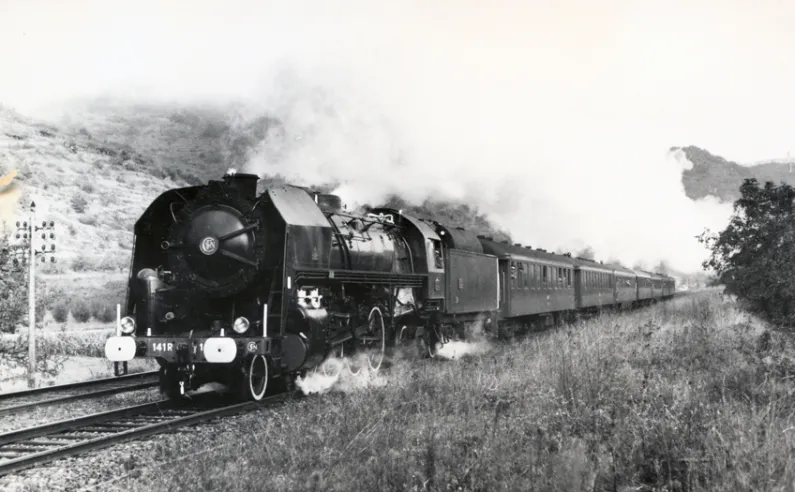
Locomotive No. 141-R-1187, series 141-R-1 to 141-R-1340 seen in 1975, in perfect working order, hauling a train chartered by an association, shortly before its withdrawal from service.© IXO Collections SAS - Tous droits réservés. Crédits photo : Photo J-H. Renaud.
THE 141-R-1126
We are now in the world of ‘petrol’ (fuel). The 1126 is one of the 141-Rs to have clocked up over two million kilometres, all of them travelled under the Mediterranean sun. Like the 420, it was built in Schenectady (USA), and began its career in Nîmes, then Nice, Avignon and Narbonne in the 1960s, before being ‘written off’ in 1975. It wasn't until 1989 that a group of enthusiasts managed to save it and placed it in storage at the Toulouse depot.
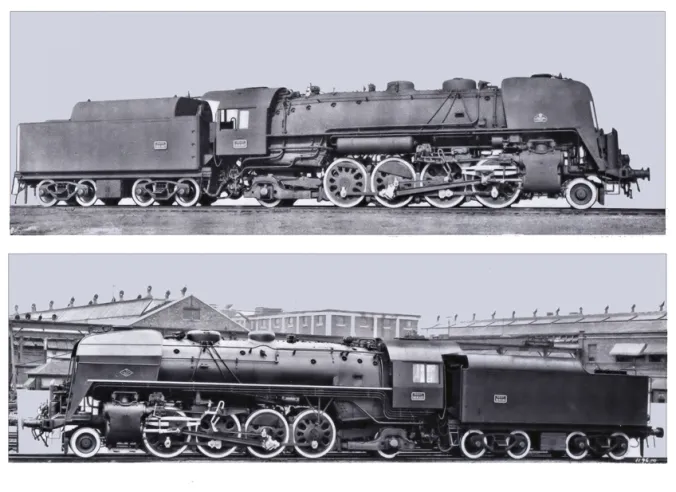
(top): Type 141 locomotive No. 141-R-110, series 141-R-1 to 141-R1-340 seen in 1950. PP 5; (bottom): Type 141 locomotive No. 141-R-1187. Series 141-R-1 to 141-R-1340 seen in 1950. © IXO Collections SAS - Tous droits réservés. Crédits photo : Document SNCF.
THE 141-R-1158
With 2,464,677 kms covered during a long and intense life, this is the ‘’record holder‘’ of the series. Built by ALCO in Schenectady (USA), she began her French life in Nice, before moving on to Narbonne, Vierzon and Bordeaux. This locomotive had the honour of towing the famous ‘Mistral’ train.
THE 141-R-1187
The locomotive is very familiar to readers of this publication in its reduced form. Built by Baldwin in Chester (USA), the real 141-R is the last locomotive to have operated in France, after extensive service in the West region (Le Mans, Auray, St-Brieuc, Nantes) and then the South-East (Lyon) in 1975. It was selected to represent this brilliant ‘R’ series at the ‘Cité du Train-Patrimoine SNCF’ in Mulhouse.
THE 141-R-1244
Bought and saved by a Swiss enthusiast who is running it in Switzerland through an association, this locomotive was built in Montreal (Canada) and put into service at the Nice depot. It was assigned to Nîmes in the 1950s, then to Annemasse, Saint-Brieuc, Auray, Le Mans and Lyon between 1960 and 1975. It covered more than 1.4 million kilometres.
IS IT POSSIBLE TO OUTPERFORM THE PACIFIC?
The ‘Pacific’ was the ideal speed locomotive for the first half of the 20th century, but the increasing weight of passenger trains demanded even more power. Engineers developed type 232, known as the ‘Baltic’, but it never achieved the success, or simply the fame, of the ‘Pacific’ that it sought to replace.
THE PROBLEM
The same procedure had to be followed when the locomotive changed from type 200 to type 221 at the beginning of the 20th century: the locomotive had to be lengthened at the rear and fitted with a more powerful, and therefore larger, firebox. This led to the switch from type 231 to type 232, or from the ‘Pacific’ to the ‘Baltic’ on the Nord network in France. They differed in terms of their boilers: the 3-1101 had a conventional boiler with fire tubes leading the gases into the water, while the 3-1102 had an experimental boiler with water tubes. These two locomotives were built in 1911, but the First World War prevented the project from being pursued. They were to be known as ‘the two orphans’... and yet they were magnificent, with their long, slender lines and identical front and rear bogies that were taken over by the tender, giving this locomotive its unique style.
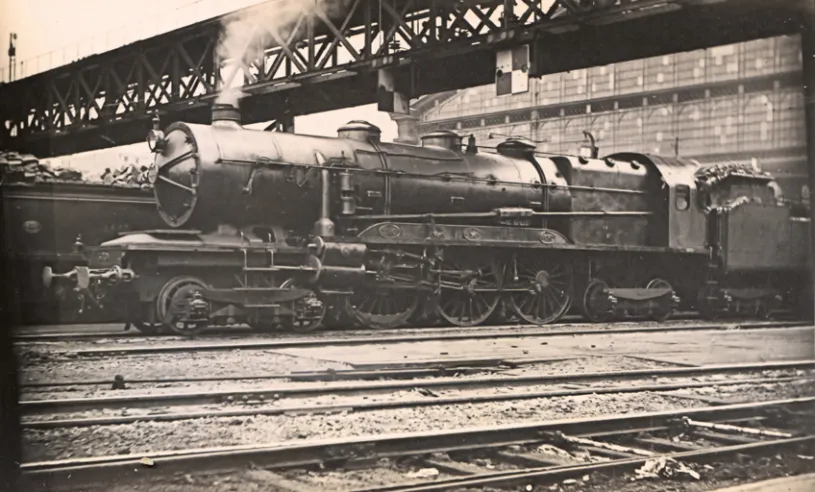
Locomotive type 232, No. 3 1101, series 3.1101 to 3.1102, seen in 1911 at the Gare du Nord (top) and at a station on the network (bottom). This magnificent machine still attracts railway workers and enthusiasts, exceptional for its pure and clear line and its four identical bogies for the machine and its tender.© IXO Collections SAS - Tous droits réservés. Crédits photo : Document Romouil - Archives du réseau du Nord.

© IXO Collections SAS - Tous droits réservés. Crédits photo © Collection Trainsconsultant-Lamming
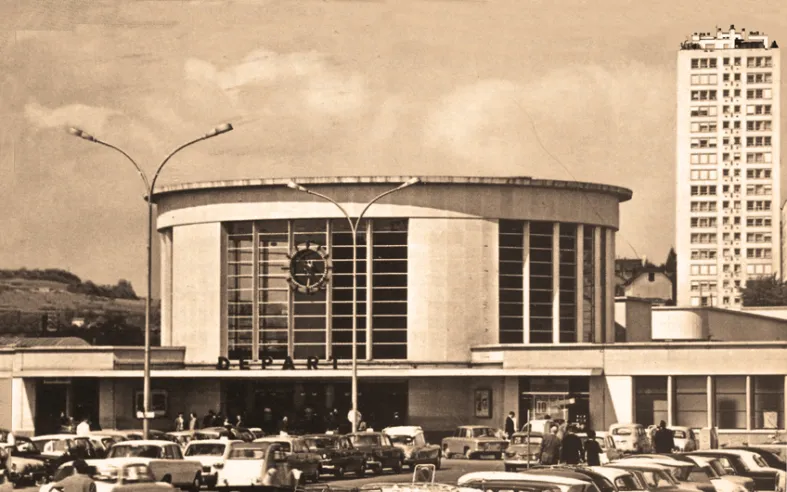
In 1961, the reign of the 141-R was in full swing, but in an SNCF preoccupied with modernity, concrete ‘towers’, Dyna Panhard and Simca, steam traction no longer had its place: the SNCF rebuilt its stations, as here in Dijon, and above all it electrified its lines, like the one from Paris to Lyon, which had been waiting for its catenary since the 1920s.© IXO Collections SAS - Tous droits réservés. Crédits photo:Document SNCF.
Recent articles
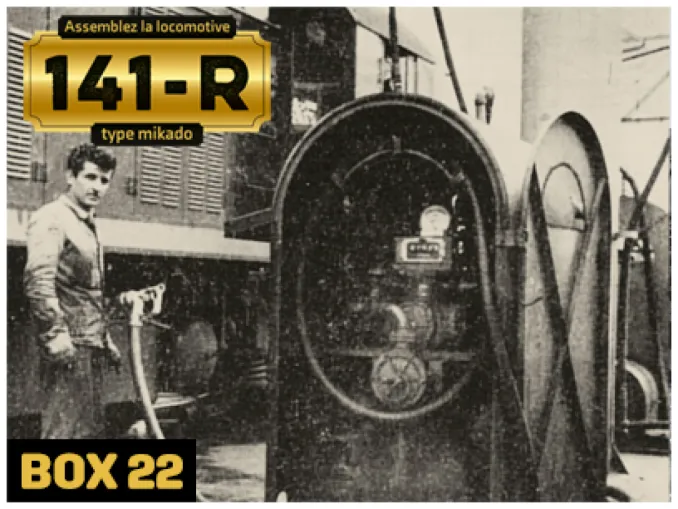
24/06/2025
The 141-R, late queens of petrol
With the 141-R, the reign of coal in France suddenly declined.
Read more
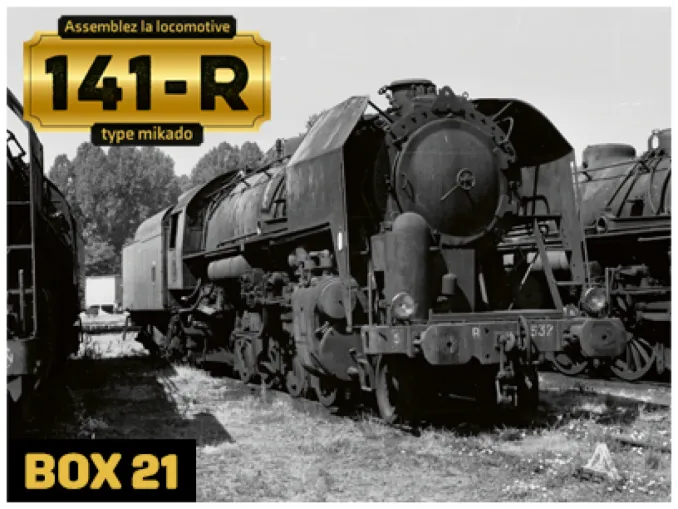
24/06/2025
The 141-R, the arrival of the second tranche
The 141-R-701 to 1340 locomotives make up the second tranche, delivered from 15 August 1946, while those in the first tranche are still being delivered.
Read more
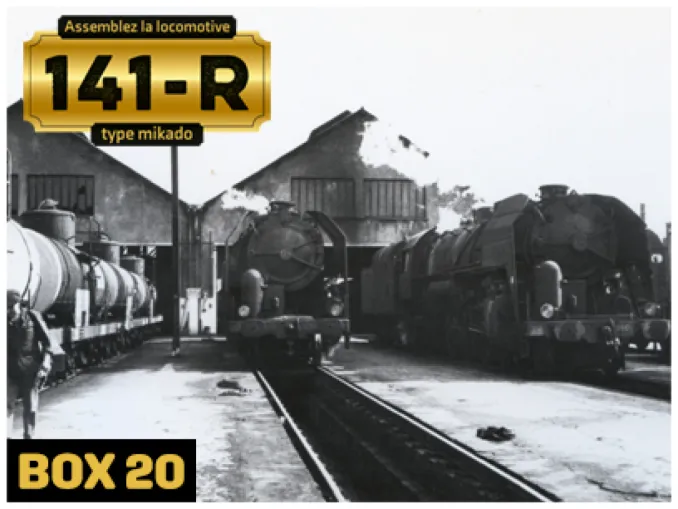
24/06/2025
THE 141-R CHANGED THE ROLE OF STAFF
These powerful, robust locomotives, imported from the United States after the Second World War, radically transformed the role of the staff at SNCF depots in terms of rail transport in France.
Read more


 English
English français
français Deutsch
Deutsch español
español italiano
italiano português
português